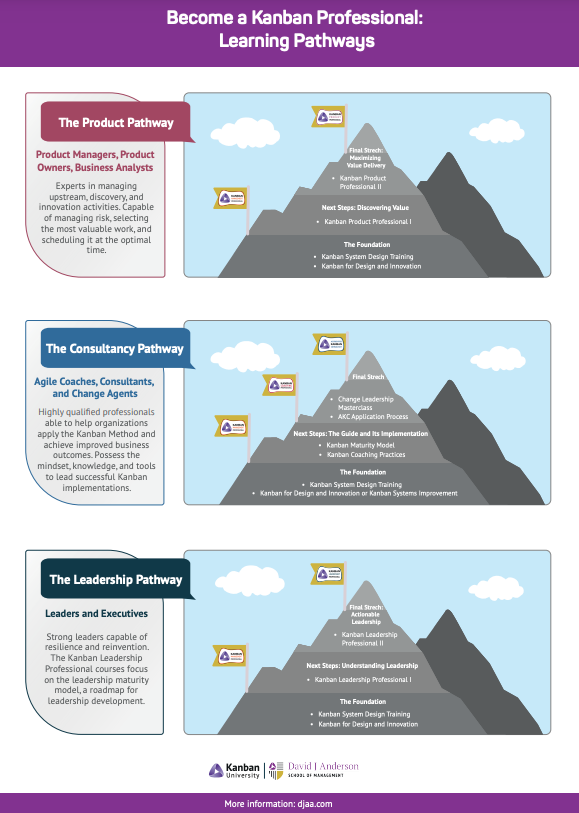Project Management with Kanban (Part 4) Risk Review
This is my final blog post in the series on project management with Kanban. If you haven’t seen the previous three posts read them here, Part 1, Part 2, Part 3. This post looks at how project managers can help with risk management and controlling the average lead time and the lead time distribution. This is important to ensure that the forecasts described in Part 3 remain trustworthy and accurate throughout the duration of the project. The Blocker Clustering technique described in this post was developed by Klaus Leopold and can be used to drive process improvement as well as managing project risk. You can read his original blog post, Blocker Clusters.
Blocker Clustering

This picture shows an example of the output from a Blocker Clustering exercise. The sticky notes were harvested from one month of usage of a kanban board. The tickets harvested record the reason for the blockage and the number of days blocked. In this example, they have been bifurcated into external sources and internal sources of blocking then clustered into specific root causes.
Event Risk Analysis – Risk Equation

This popular equation appears in a number of classic bodies of knowledge on project management. The purpose of the is to calculate the magnitude of given event occurring. The blocker clustering provides us with the information to plug straight into this equation. If you look carefully at the picture, the “customer” cluster (“kunde” in German”) shows a total impact of 130 days (“tage” in German). If we know the precise number of instances (tickets) that contribute to this total, which appears to be 13, then we can deduce that the average blocking impact of a delay waiting on a customer response is 10 days for each item that gets blocked. So we know, risk (customer delay) has an average impact of 10 days per item. If during this time period we had processed a total of 65 tickets then the likelihood of a ticket being blocked with a customer is 13/65 which equals 1/5 or 20%.

So the blocker clustering exercise that uses tickets harvested from the kanban board directly informs the project risk plan.
Risk reviews
The fifth general practice of the Kanban Method is “Implement Feedback Loops.” Until recently there have only been 3 specific practices: the standup meeting; the service delivery review; and the operations review. With the official release of the LeanKanban Modern Management Framework in October this year, we are adding a fourth specific feedback loop practice, the Risk Review. Blocker clustering is one of the key collaborative activities you would conduct during a risk review.
Process Improvement
The output from blocker clustering doesn’t just inform the project risk plan, it can also be used to drive process improvement. Higher impact sources of delay can be targeted for risk reduction and mitigation actions with the intent of eliminating the source of the delay or significantly reducing the likelihood of occurrence or the impact of occurrence. In this way, blocker clustering informs a model-driven improvement and the evolutionary process of improving service delivery in the organization.
Project Management With Kanban Training
This blog post can only give you a flavor of how we project risk management in conjunction with the Kanban Method. To learn the full power of these techniques consider taking our Project Management with Kanban, or the Managing Risk with Kanban, Advanced Practitioner level training classes. For full details see our training listings.
Full Series
Part 1 – Project Management with Kanban Overview
Part 2 – Sequencing Policies
Part 3 – Project Forecasting



